Discover 11 hidden attractions, cool sights, and unusual things to do in Hammond (United States). Don't miss out on these must-see attractions: Wolf Lake Park, State Bank of Hammond Building, and Morse Dell Plain House and Garden. Also, be sure to include Northern States Life Insurance Company in your itinerary.
Below, you can find the list of the most amazing places you should visit in Hammond (Indiana).
Table of Contents
Wolf Lake Park
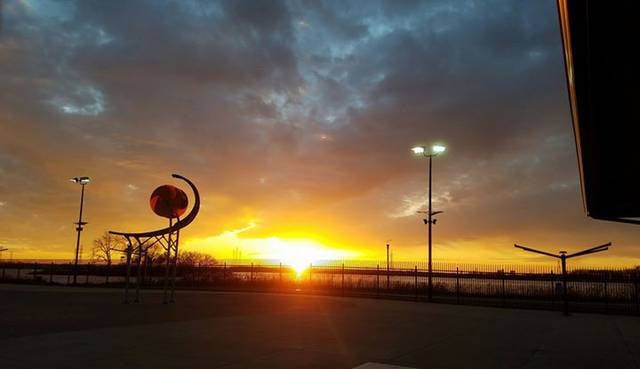
Bike trail, Hiking trail, Outdoor activities, Park, Relax in park
Address: 2324 Calumet Ave, 46320 Hammond
State Bank of Hammond Building
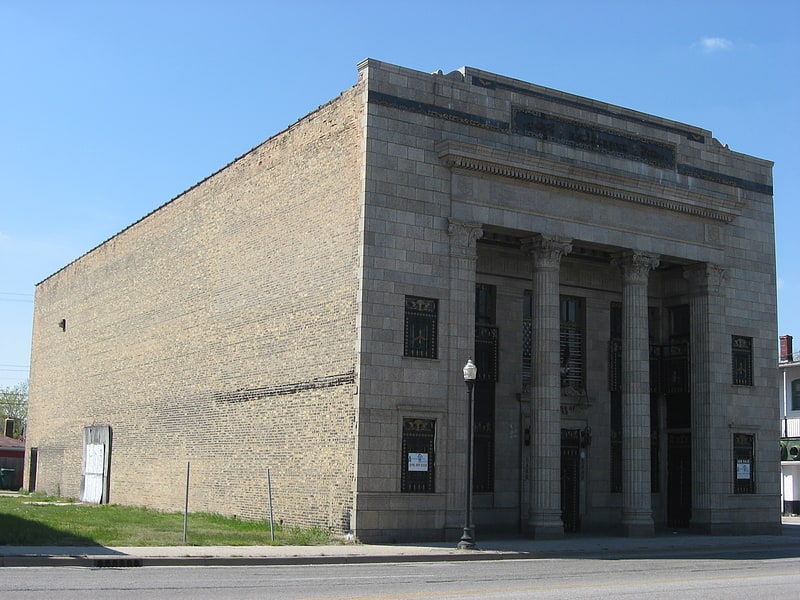
State Bank of Hammond Building is a historic bank building located at 5444-5446 Calumet Avenue in Hammond, Lake County, Indiana. It was built in 1927, and was designed by Chicago architects Vitzthum & Burns. It is a two-story, Classical Revival style brick, concrete, and steel building on a full basement. The front facade is faced in terra cotta and features a colossal entry portico with two engaged square columns and two fluted round columns. The Northern States Life Insurance Company ceased operation in 1931, and the building subsequently housed the Calumet State Bank from 1933 until 1935, and later a license bureau and other retail and office uses.
It was listed in the National Register of Historic Places in 1984.[1]
Morse Dell Plain House and Garden
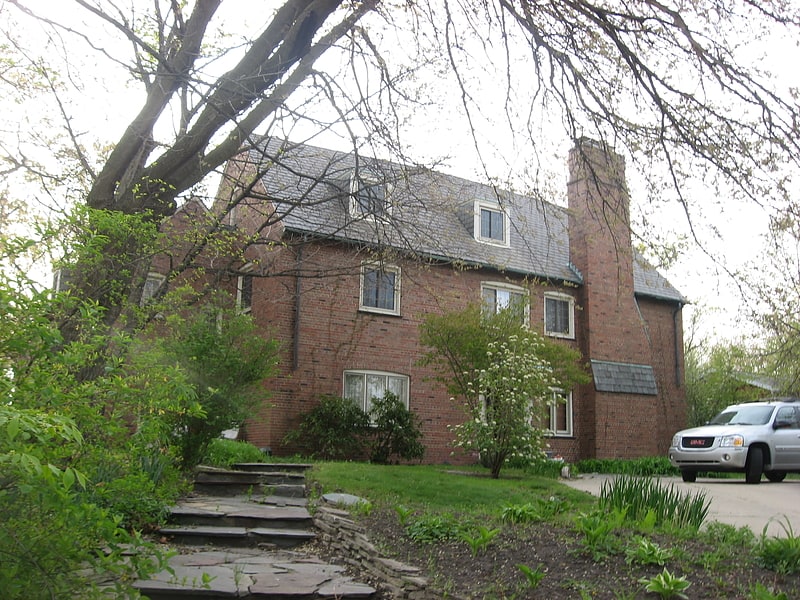
Morse Dell Plain House and Garden, also known as Woodmar, is a historic home located at 7109 Knickerbocker Parkway in Hammond, Lake County, Indiana. The house was designed by noted Chicago architect Howard Van Doren Shaw and built in 1923. It is a large two-story, Tudor Revival style brick dwelling with a 1+1⁄2-story service wing. The landscape was designed by Jens Jensen in 1926.
It was listed in the National Register of Historic Places in 1998.[2]
Northern States Life Insurance Company
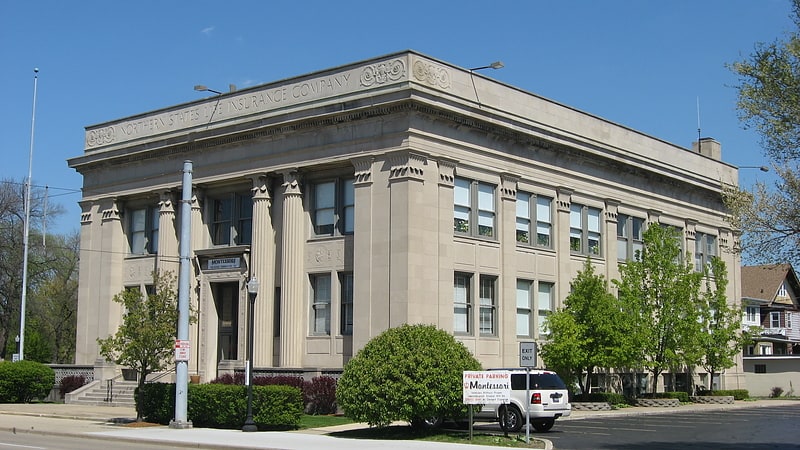
Northern States Life Insurance Company is a historic office building located at Hammond, Lake County, Indiana. It was built in 1926, and is a two-story, Classical Revival style limestone building on a partially exposed basement. It features an elevated terrace, engaged columns, and sculptural panels with low relief carvings. The Northern States Life Insurance Company ceased operation in 1930, and the building subsequently housed radio station WWAE, a branch library, Purdue University extension service, Hammond school administrative offices, and school.
It was listed in the National Register of Historic Places in 2010.[3]
Southmoor Apartment Hotel

Southmoor Apartment Hotel is a historic apartment hotel located at Hammond, Lake County, Indiana. It was built in 1928, and is a five-story, "L"-plan building with a reinforced concrete frame and hollow tile exterior sheathed in brick and terra cotta. The building is in the Spanish Colonial Revival style.
It was listed in the National Register of Historic Places in 2011.[4]
George John Wolf House
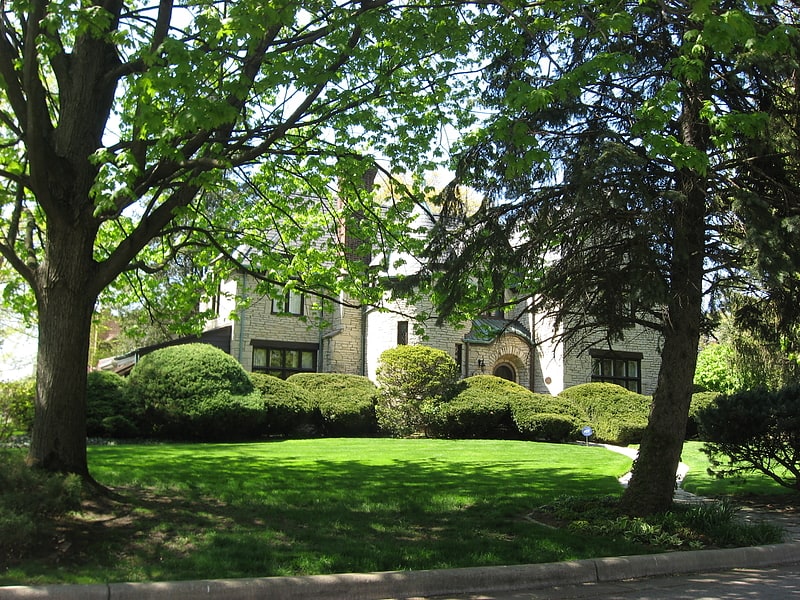
George John Wolf House, also known as the Wolf-Knapp House, is a historic home located at Hammond, Lake County, Indiana. The house was built in 1929–1930, and is a two-story, roughly "L"-shaped, Tudor Revival style limestone dwelling with a slate roof. It features a two-story round tower with a conical roof enclosing a winding staircase.
It was listed in the National Register of Historic Places in 2007. It is located in the Roselawn-Forest Heights Historic District.[5]
Northside
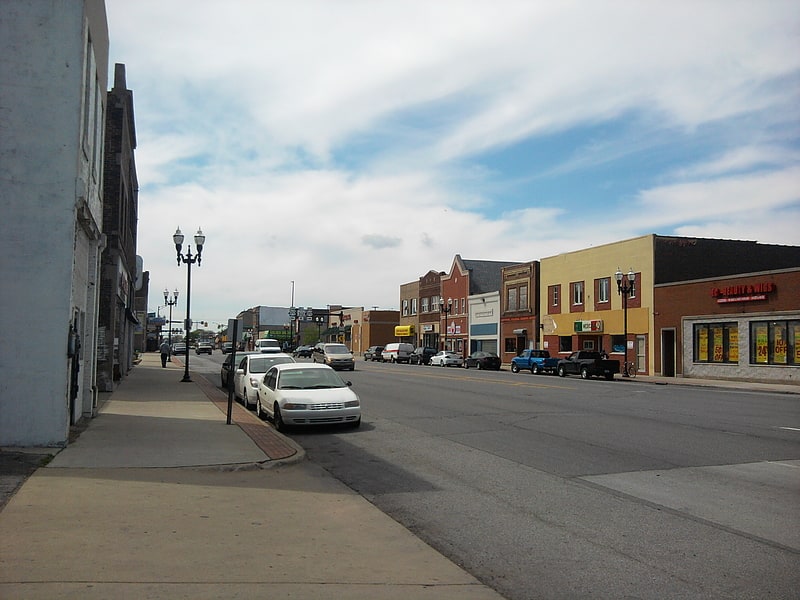
Neighborhood in East Chicago, Indiana. Northside or North Side is a neighborhood in western East Chicago, Indiana. Together with Southside and Roxana, it makes up "East Chicago proper," as distinct from Indiana Harbor. The population is 72% Hispanic and 21% African American. The neighborhood has one of the highest rates of owner-occupied homes in the city. Notable landmarks in Northside include the East Chicago City Hall and Central High School.
Northside is bounded on the north by Columbus Drive (United States Route 12) and on the south by the commercial corridor along Chicago Avenue (Indiana State Road 312). To the east, the residential area is bounded by Indianapolis Boulevard; beyond that lies the industrial district along the Indiana Harbor and Ship Canal. To the west, Northside adjoins North Hammond. To the north, it is bounded by the Lake George branch of the Canal; beyond that lies a vast industrial district that includes the Whiting Refinery and the East Chicago Confined Disposal Facility.
Prior to the 20th century, Northside was a wooded dune and swale area, which saw little settlement during the first years of East Chicago's existence. The neighborhood's first settler was reputedly an agent for the East Chicago Company named John Brennell. In the early twentieth century, Northside became the preferred destination for wealthier, native-born Americans, in contrast to the poorer immigrant residents in other parts of East Chicago. In 1910, 75% of the neighborhood's heads of household were born in the United States, while the remainder largely hailed from England or Wales.
The neighborhood was chosen by local elites because it "stood far enough from industry to escape the worst of the noise and pollution," but was still within walking distance of the commercial and industrial centers. The pattern was reinforced by restricted housing developments that promised to sell to "Americans only".
The neighborhood attempted to preserve its exclusive status in 1944 by opposing construction of the Sinclair Oil tank farm at the neighborhood's north end, on the south bank of the Ship Canal. Although successful in the local government, the refinery opponents were ultimately defeated in the state courts.[6]
Woodmar
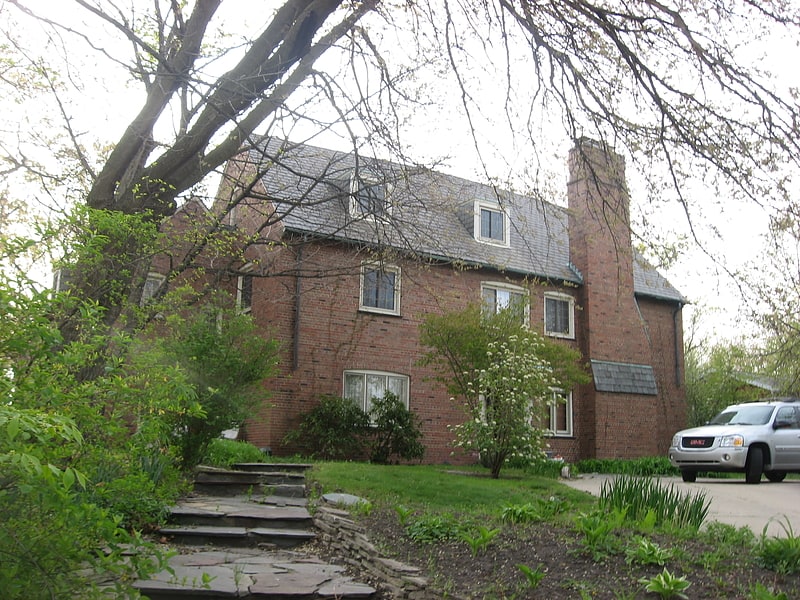
Neighborhood in Hammond, Indiana. Woodmar is a neighborhood in southeast Hammond, Indiana, approximately between Columbia and Kennedy Avenues. It is bounded to the east by Hessville, to the west by South Hammond, to the north by industrial land along United States Route 20, and to the south by the town of Highland. The neighborhood's boundaries correspond to Hammond's Planning District V.
Dominated by large single-family homes, Woodmar was largely built in the 1920s, with the goal of allowing the Calumet Region's wealthier residents to get "out of the smoke zone and into the ozone." In these early years, Woodmar was considered more exclusive than most Hammond neighborhoods.
Woodmar was formerly home to the Woodmar Mall. It is also home to the Hammond campus of Purdue University Northwest, formerly an independent institution known as Purdue University Calumet. Historic residences in the neighborhood include the Morse Dell Plain House and Garden.[7]
South Hammond
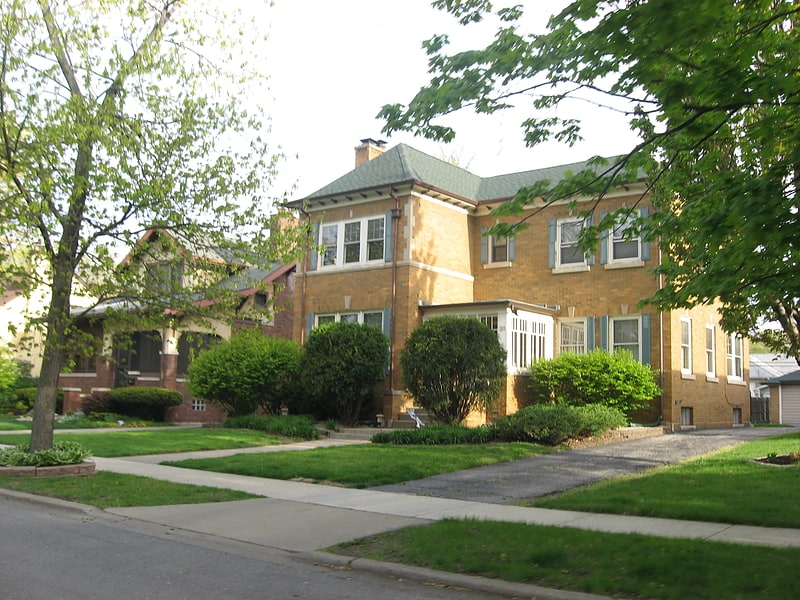
South Hammond is a neighborhood in southwestern Hammond, Indiana, approximately between the Illinois state line and Columbia Avenue, south of 165th Street. It is bounded to the east by Woodmar, to the south by the towns of Munster and Highland, to the west by Calumet City, Illinois, and to the north by Central Hammond. The Little Calumet River snakes along the neighborhood's southern boundary. The neighborhood's boundaries correspond to Hammond's Planning District IV.
With the exception of a commercial strip along Calumet Avenue, South Hammond is overwhelmingly residential. Many of these residences are historic: South Hammond is home to the Indi-Illi Park Historic District, Roselawn–Forest Heights Historic District and Forest–Ivanhoe Residential Historic District.[8]
Pullman–Standard Historic District

Pullman–Standard Historic District is a national historic district located at Hammond, Lake County, Indiana. The district encompasses 121 contributing buildings and 2 contributing sites in a predominantly residential section of Hammond. It developed between about 1916 and 1918, with some later additions, and includes notable example of Colonial Revival and Bungalow / American Craftsman styles of residential architecture. Most of the homes were originally constructed by the United States Housing Corporation as Industrial Housing Project No. 457. There are three main housing types: Single-family dwellings, duplexes, and quadplexes.
It was listed in the National Register of Historic Places in 2012.[9]
Forest–Southview Residential Historic District
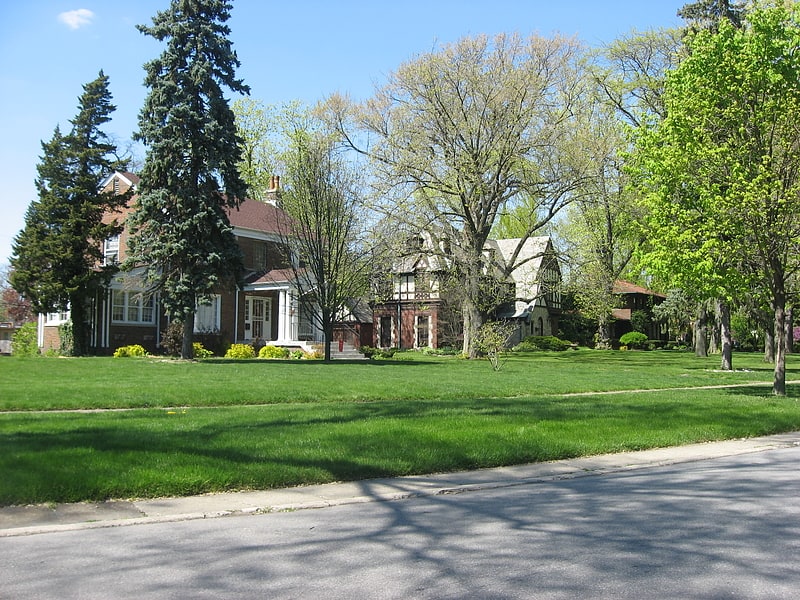
Forest–Southview Residential Historic District is a national historic district located at Hammond, Lake County, Indiana. The district encompasses 39 contributing buildings and 1 contributing site in an exclusively residential section of Hammond. It developed between about 1912 and 1949, and includes notable example of Renaissance Revival, Colonial Revival, Tudor Revival, and Bungalow / American Craftsman styles of residential architecture.
It was listed in the National Register of Historic Places in 2010.[10]